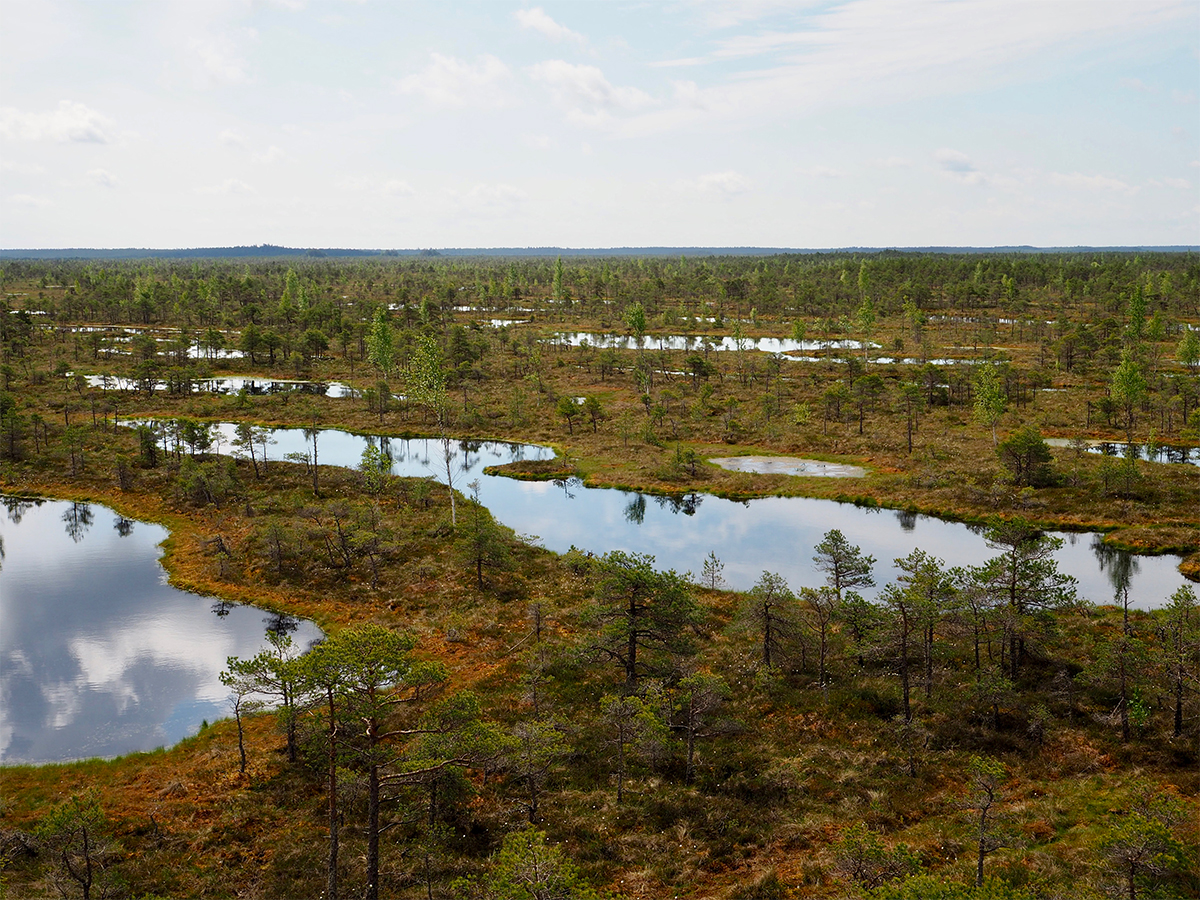The EU is planning to bring back nature. The European Commission has promised a law that will help restore the nature we have lost, the EU Nature Restoration Law. This could be a game changer for nature protection and restoration. It would be the first real nature legislation in the EU in 20 years.
But the new law is already under attack. The Commission has already delayed it from its original publication date in 2021. Green MEPs, Jutta Paulus and Ville Niinistö, explain why we need the nature restoration law now.
We need healthy ecosystems – for people, animals and the planet
We need strong ecosystems to face the challenges of climate change. Globally, the UN’s Intergovernmental Panel on Climate Change (IPCC) has called for the conservation of “30 to 50 percent of Earth’s land, freshwater and ocean habitats”. This is so we can “benefit from nature’s capacity to absorb and store carbon”.
Essentially, we cannot solve the climate crisis without the help of nature.
Nature also has value in its own right. The IPCC’s little sister, the Intergovernmental Science-Policy Platform on Biodiversity and Ecosystem Services (IPBES) has recognised nature’s many important “contributions to people”. Without healthy ecosystems, there is no drinkable water, no clean air and no fertile soils. In addition, nature permeates through our cultures and religions. It supports our wellbeing and our mental health.
But the IPBES has also shown that, globally, more than a million species are at risk. They have warned that “we are eroding the very foundations of our economies, livelihoods, food security, health and quality of life worldwide”.
This also applies to Europe, says a recent EU assessment. According to IPBES, Europe is the region with the least intact ecosystems, after India. And this doesn’t even take into account that our consumption habits fuel the destruction of ecosystems in other parts of the world.
Ecosystem recovery – how do we bring back nature?
Nature restoration is all about assisting the recovery of ecosystems that are broken (or “degraded”, in technical terms). This can require active repair, like removing dams in a river. It can also mean leaving nature alone to heal itself. This could be done for example by allowing trees to die naturally and leaving the deadwood in our forests.
Today, we have at least 100,000 unnecessary barriers in European rivers, mostly out-of-use weirs and other small structures. These break up habitats by stopping wildlife and sediment from flowing freely down the river. Removing just 2 percent of them could free up to 30,000 km of rivers.
Natural peatlands have been drained for agriculture, forestry and peat extraction. Instead of storing carbon as they have done for millenia, they have become a major source of carbon emissions. In the European Union, 50% of peatlands are degraded. In Germany, only 5% of near-natural peatlands remain.

Besides rivers and peatlands, we also need to restore other ecosystems to a semi-natural or natural state, such as grasslands and forests.
Good news for European ecosystems – Restoration is possible and already happening
In Finland, we have successfully restored some of our wetlands that had been drained for tree plantations. We are on track to restore 12,000 hectares of ditched mires by 2023, thanks to increased government funding.
Many of Finland’s forests are in a poor condition, though. Around 225,000 hectares of natural boreal forest have been altered beyond recognition for use by the commercial forestry industry. They do not provide suitable habitat for many endangered forest species.
Only on 17,000 hectares, efforts have been made to restore these forests to a semi-natural state. This only happened after they were designated for protection.
In Germany, we have found a new way of financing wetland restoration through carbon credits.
These are good actions but we need to do more to save nature and our planet!
Big Timber – why the new nature restoration law is under attack
The logging industry lobby is already out to fight the new nature restoration law. They are more concerned about short-term profits than protecting precious ecosystems and habitats. Three forest industry associations – from Finland, Sweden and Estonia – have asked to only include forests in existing EU-protected areas in the new law. Other forests, they pretend, are doing well enough.
Now, it would be hard for anyone to argue that forests in protected areas are doing well. EU reports show that they are not. And that forests in the Nordic region (so-called boreal forests) are doing the worst of all EU forest types.
Across the EU, only 29 percent of EU forests are in “Natura 2000” protected areas. The condition of our forests outside these areas is also concerning.
In Germany, exceptional drought and bark beetle attacks degraded almost 5 percent of forests in just over three years. Researchers said this damage was “unprecedented”. They noted that neighbouring countries like the Czech Republic and Austria were facing similar challenges.
Whether or not forests are managed only for conservation or for wood production, we need to make them more resilient against climate-driven disturbances like droughts, fires and pests. We cannot allow short-sighted economic interests to undermine the long-term maintenance of our livelihoods.
No more delays – we need a strong nature restoration law now!
As the Greens/EFA, we are glad that the EU is stepping up action to bring back nature. We have called for an ambitious proposal that effectively counters the biodiversity crisis. Together with many others, we have written to the Commission to set out our demands.
The war in Ukraine cannot be a reason to delay this action. Concerns about negative impacts on short-term food security are misplaced. In fact, without intact ecosystems, we will not be able to feed ourselves in the future. Protecting nature now means we can keep growing enough food in the long run.